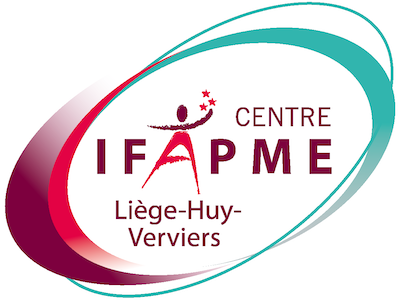1. What is IFC (Industry Foundation Class) format and why is it relevant to BIM?
The BIM software market offers a wide choice of tools to use. Every programme offers a variety of different features to the user. The choice of tools is usually dependant on the provision in the workplace and familiarity with the tool. Each programme saves the result in its own specific format, also known as a native format e.g. Revit will save a .rtv file, ArchCad will save it a .pin file.
The problem occurs when different stakeholders use different programmes and have different native formats. How do they cooperate and exchange models? How do the models from one programme communicate with a model from another?
IFC or Industry Foundation Classes is a global standard for describing, sharing and exchanging information relating to building and facility management. It is a non-proprietary, neutral data format. IFC provides a set of definitions for all types of object elements encountered in the construction industry and a text structure to store such definitions in a data file.
The IFC can be compared to PDF. For instance if we make a drawing in AutoCAD, when the drawing is finished, we want to share it with other participants on the project. Typically, we would provide a PDF version. For several reasons; First of all, by sharing a native file, anyone can modify it, edit it without our knowledge or consent. Secondly, not everyone can open a .dwg file due to a lack of appropriate software. PDF, in turn, may be opened by anyone, as it is an open file standard and can be opened by a simple browser, while retaining a number of features, such as searching for text, adding comments, etc.
The same applies to the BIM information. Instead of sharing a native 3D model, which apart from compatibility issues (the recipient would have to own the same software, often in the same version), there are also intellectual property issues in the form of their own objects and components that would have to be shared. In this instance, the IFC is a BIM’s PDF. Using IFC the available model retains geometry and additional information such as elemental features, parametric dependencies, quantities etc and can be easily shared.
As an example, we could imagine an architect working in their native software to create an architectural model of a building. Then the model is exported to the IFC and passed on to the HVAC designers and used as a reference to run the ducts/cabling etc. If there is a problem or a change is required (e.g. moving a wall or making a hole in a duct), they do not alter the IFC model themselves but send a request to the architect with the specified changes. These changes are made by the architect who then exports the updated IFC model back to the HVAC designers, and everyone is using the correct up to date version of the model.
2. What is the software interoperability and why is it important in BIM?
With respect to software, the term interoperability is used to describe the capability of different programs to exchange data via a common set of exchange formats, to read and write the same file formats, and to use the same protocols.
For BIM interoperability there is another important driver. In the construction industry where projects teams are assembled across different organisations, disciplines and phases you need the different discipline BIM tools to share information with each other so that the data generated in one phase to be immediately usable for the next phase. This is the foundation for openBIM. You cannot have a true openBIM workflow without interoperable software. Interoperability is about freedom to work with the best software in any discipline and for the project participants to use the tools they are most comfortable and productive with.
3. What are the advantages of federated model?
NBS (National Building Specification) defines a federated model as, “a combined Building Information Model that has been compiled by amalgamating several different models into one, or importing one model into another.”
- Federated model enhance collaboration
Once individual models are integrated into a singular model stakeholders are able to better understand design intent. It provides everyone an access to all the relevant information and facilitates informed decision making.
It ensures that any missing information, design inconsistency, poor decisions and inadequate resource allocation are identified at an early stage prior to starting work onsite.
- Federated model enables clash detection
Any interdisciplinary clash is easier to identify which would have otherwise not been identified. Hard Clash for instance between air-conditioning duct through a load bearing wall. This interdisciplinary clash between Architecture and MEP BIM Services would not have been found unless the models were integrated. This saves considerable time and reduces rework which would have been caused as a result of revisions and iterations.
- Federated model enables accurate estimation
A federated BIM model includes all the graphical and non-graphical data regarding the various components. A consolidated and precise data makes it possible to gain accurate estimations regarding quantities, cost and schedule.
Federated BIM leads to enhanced project management by allowing the stakeholders to easily share entire project or selective information based on project requirements. It also provides the members of the BIM team with high-quality design coordination, clash detection, design development, approval processes, estimating, etc. In turn, it helps in making informed decisions, reduces clashes, reduced litigation and helps with better resource allocation.









